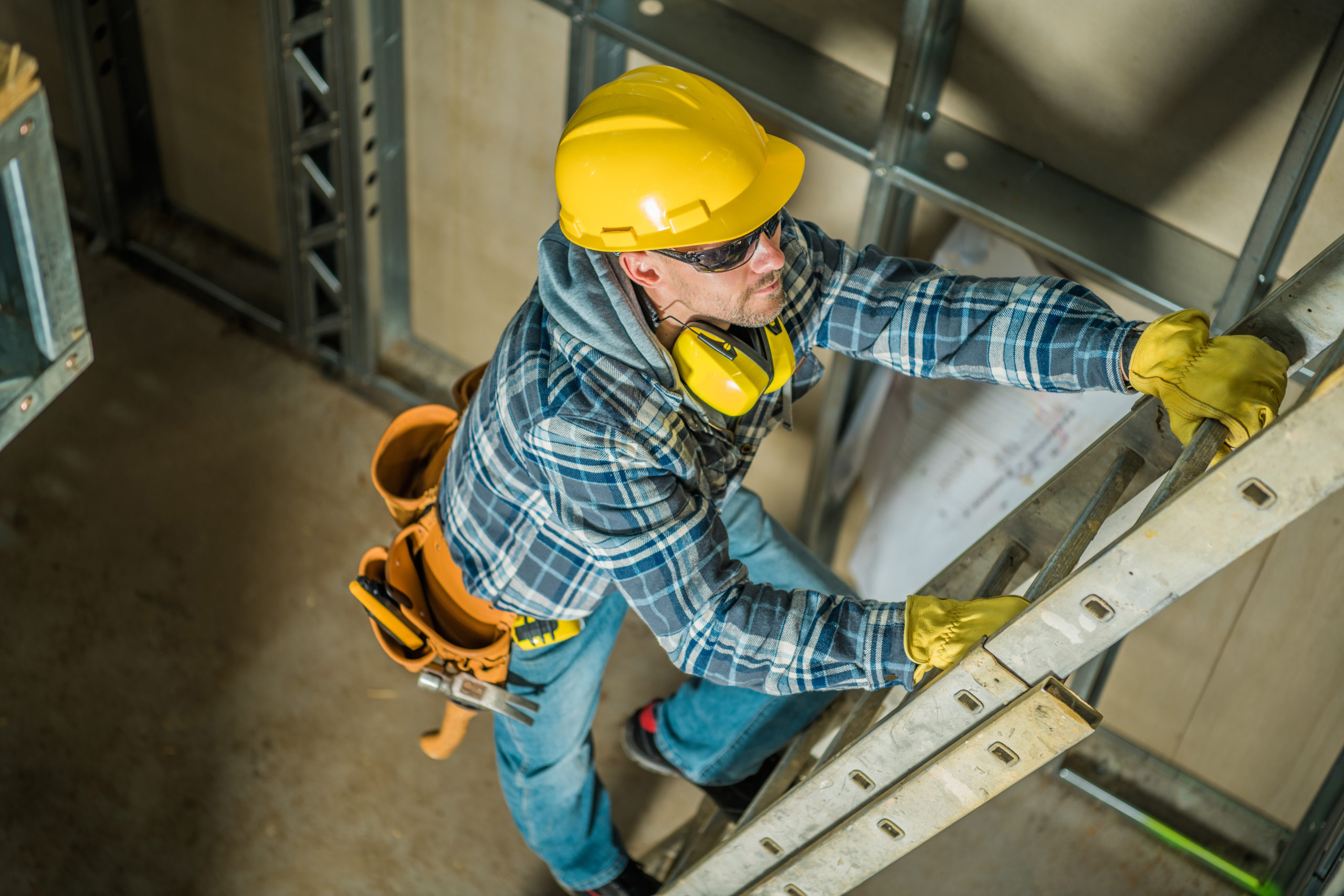Fall protection has topped OSHA’s list of violations for the last several years. In fact, fall protection violations accounted for 7,402 violations in 2015. EHSToday.com defines fall protection as “any means used to protect workers from falls from heights.” So that covers falling humans, but what about falling objects such as tools or equipment? Many times companies rely on debris nets and personal protective equipment to reduce damage from falling humans or objects. People on the ground or below are in harms way.
Here’s a startling fact: An 8-lb wrench that falls 200 feet would hit someone on the ground with a force equal to 2,833-lbs per square inch, similar to a small car hitting a one square inch area. The whole goal of fall protection is to create a connection point for humans working at different heights. Tools need connection points as well. Examples include d-ring cords, tool cinch attachments, lanyards and wristbands. Additionally, falling objects are a risk because a person has a natural reaction to try and catch a falling object. The worker could lose balance and fall.
Have you thought about the risks of falling objects? Here are a few questions to ask yourself:
- Does your fall protection program include objects? It would be more effective to revise the current fall protection program to include the threat of falling objects instead of developing a completely separate program.
- Are employees securing tools from dropping? In addition to harnesses and forms of fall protection, employers should provide secure ways of attaching the tools used. Example items include lanyards, tool cinch attachments and d-ring cords.
- Is the supervisor or HSE manager conducting regular hazard inspection? HSE managers and employees should be aware of potential falling objects. Inspections before and during work hours is ideal. If an employee notices a hazard, he or she should tell the HSE manager or supervisor on staff immediately.
- Are employees inspecting overhead equipment for loose or defected items before every use? Loose or defective parts could pose a threat to employees who work underneath overhead equipment.
- Are your employees trained to recognize and follow dropped object processes? For example, employees should know not to attempt to catch a falling object. Lunging for that object may cause the employee to lose balance and fall.

 ">
">
 ">
">